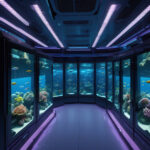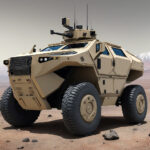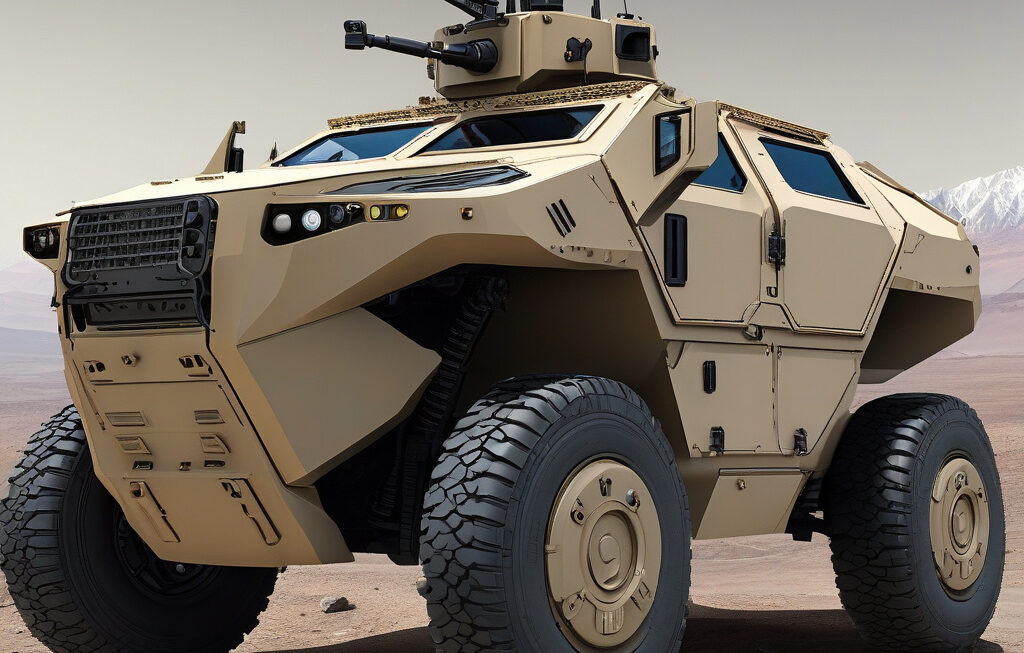Drones Master Aerobatics Autonomously with Vision-Based Navigation, Outperform Human Pilot
A new system is giving drones the ability to perform complex aerobatic maneuvers autonomously, safely outshining human pilots in terms of precision and consistency. This groundbreaking technology relies on vision-based navigation, allowing drones to navigate through the skies with unparalleled accuracy and agility. With the integration of advanced algorithms and cutting-edge sensors, these drones are taking aviation to new heights.
Traditionally, aerobatic maneuvers have been reserved for highly skilled pilots with years of training and experience. However, the introduction of vision-based navigation systems has revolutionized the way we perceive aerial acrobatics. By leveraging computer vision and machine learning, drones can now execute intricate maneuvers with ease, from barrel rolls to loops and spins, all while maintaining perfect control and stability.
One of the key advantages of autonomous aerobatics is the ability to push the limits of what is possible in the air. Drones equipped with vision-based navigation systems can perform maneuvers that would be impossible for a human pilot to achieve due to physical limitations. This opens up a whole new world of possibilities for aerial displays, entertainment, and even practical applications such as search and rescue missions.
Moreover, the precision and consistency of autonomous drones far exceed that of even the most skilled human pilots. By eliminating the margin for human error, these drones can perform aerobatic routines with unparalleled accuracy, making them ideal for applications where precision is paramount. Whether it’s filming a movie scene, inspecting infrastructure, or delivering packages, autonomous drones are setting new standards for performance and reliability.
In addition to their superior performance, autonomous drones are also safer to operate in challenging environments. By relying on computer vision to navigate through obstacles and changing conditions, these drones can avoid collisions and respond to emergencies in real-time. This level of situational awareness not only enhances safety but also allows for more efficient and effective mission execution.
The potential applications of autonomous aerobatic drones are vast and varied. From entertainment and advertising to agriculture and surveillance, the ability to perform precise maneuvers with ease opens up a world of possibilities for industries of all kinds. Imagine a drone light show choreographed with perfect precision, or a fleet of drones inspecting hard-to-reach structures with unparalleled accuracy – the future of autonomous aviation is limited only by our imagination.
In conclusion, the development of drones capable of mastering aerobatics autonomously through vision-based navigation represents a significant leap forward in aviation technology. By outperforming human pilots in terms of precision, consistency, and safety, these drones are reshaping the way we approach aerial maneuvers and opening up new possibilities for innovation and creativity. As this technology continues to evolve, we can expect to see autonomous drones playing an increasingly prominent role in a wide range of industries, revolutionizing the way we interact with the skies.
autonomous drones, aerobatic maneuvers, vision-based navigation, aviation technology, aerial innovation












